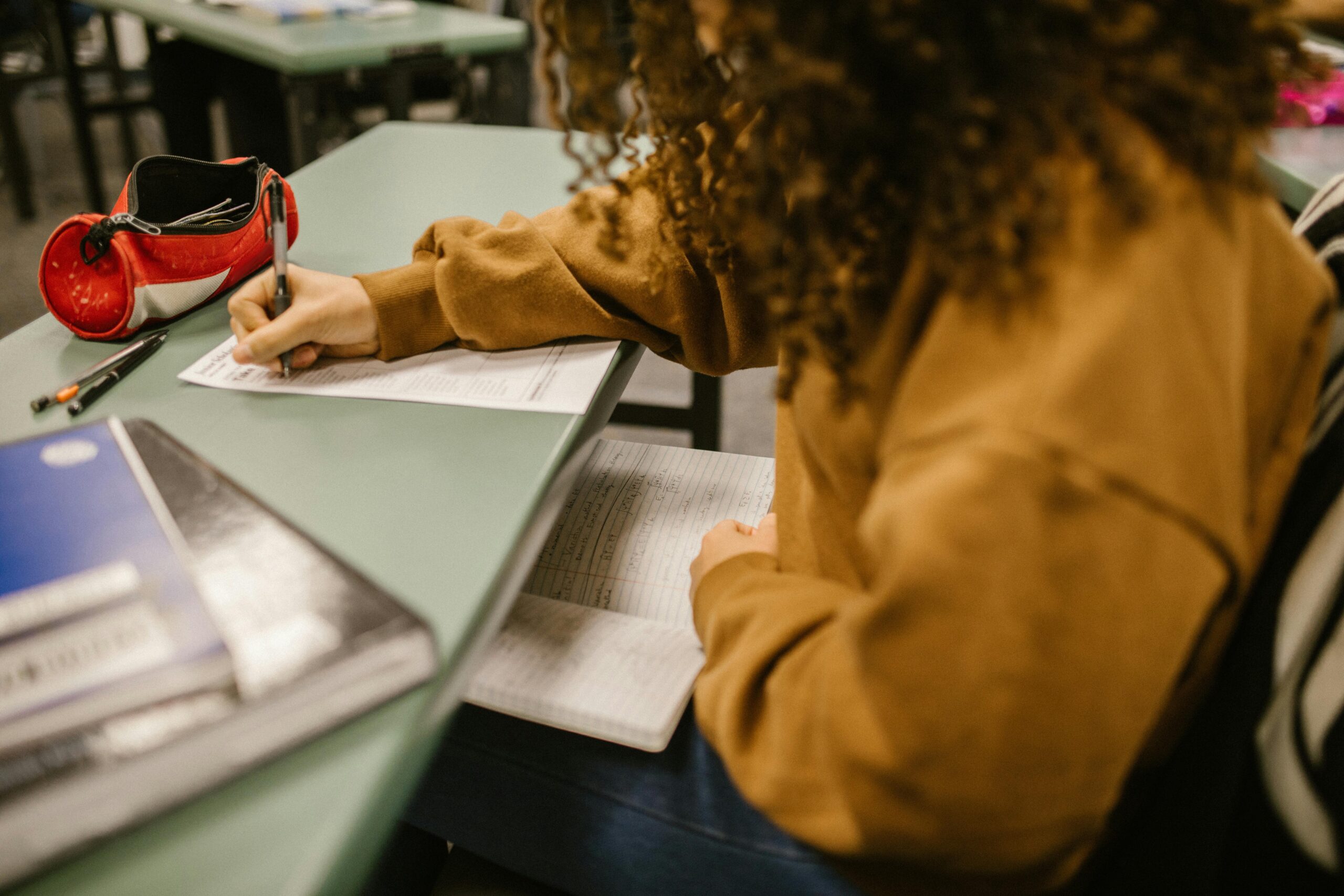How To Avoid Plagiarism In Assignments? A Guide For Beginners
May 01, 2022 :: Admissionado Team
Plagiarism is a common problem in assignments. So, how should beginners try to avoid it?
Plagiarism can cause a lot of problems for not only the student but also the institution. Therefore, it’s no surprise many students and teachers work alike to get rid of it. Because a study revealed that 36% of the students admitted that they plagiarized without citing the source.
This is a number from a study conducted a few years ago, as they continue to fluctuate. But that doesn’t mean plagiarism doesn’t happen today. In the pandemic era, it’s even more common than it was before.
So, what should students do to avoid it in their assignments? First, let’s talk about a few essential aspects and then understand how to find and remove plagiarism.
What Is Plagiarism?
Plagiarism is simply copying another writer’s content and pasting it into your own. However, besides copying content word-to-word, Oxford puts it exactly how it is as plagiarism is also about “presenting someone else’s ideas as your own.”
Therefore, plagiarism isn’t just about copying and pasting something; it’s also about copying an original idea without crediting the original author or owner of the content. This makes content unrightfully copied or taken and ridding the original author of any sort of recognition.
That’s why, regardless of the environment, plagiarism is considered an unethical and unacceptable practice—even if it’s unintentional.
Types Of Plagiarism To Look For
While the basis of plagiarism remains the same, its types can change. That’s why it’s imperative to understand the variable plagiarism and how you need to look for it. But, before we talk about finding it, let’s understand the four main types of plagiarism:
Direct/Complete Plagiarism
The most common and perhaps the most unethical type is direct plagiarism. In this one, the writer copies another writer’s entire work without giving him credit, making changes, or doing their own research.
Source-based Plagiarism
Source-based plagiarism is when a writer cites a source that does not exist. This leads to misinformation and is considered one of the most unethical practices in the world of the writing of any sort.
Mosaic Or Patchwork
Mosaic or patchwork plagiarism is the most elusive type of plagiarism as it can be difficult to detect. In this one, a writer makes only a few changes to the original content so that it can avoid a plagiarism checker. Nowadays, AI can easily catch this type as well.
Accidental Plagiarism
Accidental plagiarism is when a writer unintentionally writes something that coincides with another writer’s work. This is common in similar or very standard topics, but students should still avoid it.
3 Consequences of Plagiarism
In the academic setting, the consequences of plagiarism are plain and simple. You would either fail your assignment or your exam. But the trail that plagiarism leaves behind can follow you into your career. To help you understand, here are three main consequences of plagiarism.
In the academic setting, the consequences of plagiarism are plain and simple. You would either fail your assignment or your exam. But the trail that plagiarism leaves behind can follow you into your career. To help you understand, here are three main consequences of plagiarism.
- Reduced Grades
Grades are one of the first things that’ll feel the effects of plagiarism. In many academies around the globe, the everyday assignment of a student is a major part of their grading at the end of the academic year.
Therefore, if your academic year has one or more instances of plagiarism of any kind, then it’ll affect your grades—in other words, it’ll cause them to go down to an unacceptable level.
- Abridged Respect
Your grades will suffer later, but first, your respect will be tarnished in the eyes of your tutors. You won’t only avoid any sort of credibility, but it will also put your assignments at the bottom of the priority list.
- Career Consequences
The most delayed consequence of plagiarism will be on your career. For a student that committed plagiarism a lot during their academic year will not only face problems in their career but might be at a loss when faced with important aspects of their careers.
Benefits Of Avoiding Plagiarism
Just like there are consequences to it, there are benefits to avoiding it. Here is why it’s important to get rid of plagiarism from your assignments:
- Credibility
You need to ensure your credibility as a student, and for that, you need to present original assignments. Therefore, finding and removing plagiarism is your responsibility.
- Shows Proper Research
Whenever you turn in an original and plagiarism-free assignment, it will portray your research skills.
- Portrays Critical Thinking
When you submit an original assignment, it also portrays critical thinking. As a student, this is more valuable to you than anything else, as it’s a skill you’ll need in your career.
5-Step Process Of Avoiding Plagiarism
Avoiding plagiarism is a process spread across a few parts. In order to remove it from your content, you need to find it first. If there’s no plagiarism, then you’re good to go.
But, if there is, then you need to remove it accordingly before you pass your assignment along. Therefore, let’s dive right into it and see the five steps of removing plagiarism:
- Use A Plagiarism Checker
The first step is to find a plagiarism checker free. This checker should be able to conduct a deep search across the internet to help you find any sort of duplicity in your content. Here’s the one we’ve picked:
We’ve uploaded the content to check if it has any sort of plagiarism. As you can notice, the plagiarism finder allows searching for up to 1000 words at a time. So, you might have to scan your content in parts. Once you do, you might find this:
As seen here, this part of the content is 100% plagiarized. Therefore, it must be rephrased or removed from our content.
- Analyze The Source Of Plagiarism & Note It Down
A good thing about plagiarism checkers today is that they help you find the source of plagiarism. In other words, where the original content was posted. Understanding the source of plagiarism is an important step in removing it.
Here we see the same plagiarism checker provide us with the websites from where the content was copied. We’ll be noting these down before we remove or rewrite our content.
- Rewrite Or Rephrase Plagiarized Parts
Now you’ll need a paraphraser. Since rewriting a few hundred words of content can be a challenge, using a rephraser will help us save time and remove plagiarism effectively.
You can see the difference in content by using a paraphraser. It helped us save time by rewriting the majority of our content. We can use this to avoid plagiarism, but there are still two more steps to go.
Furthermore, you can try various content tone types to ensure that the rephrased content matches your content tone.
- Cite The Source Or Quote Where Necessary
Now that the content has been rephrased, we will be using the sources we found as citations. This will help us remove plagiarism effectively, as citing the original author will give the credit where it’s due. So, try to use MLA, APA, or Chicago styles of citation once you’re done rewriting.
- Check For Plagiarism Again
Now that we’ve removed plagiarism by rewriting, the only step that remains is to check for it again. Once you do, this is what you should see:
As you can see, our content is now 100% original or unique, as said by the plagiarism finder.
Conclusion
This is the process of avoiding plagiarism, folks. You must use a plagiarism checker to find any duplicate content in your assignments and then use the rest of the process to avoid it before passing it on.



